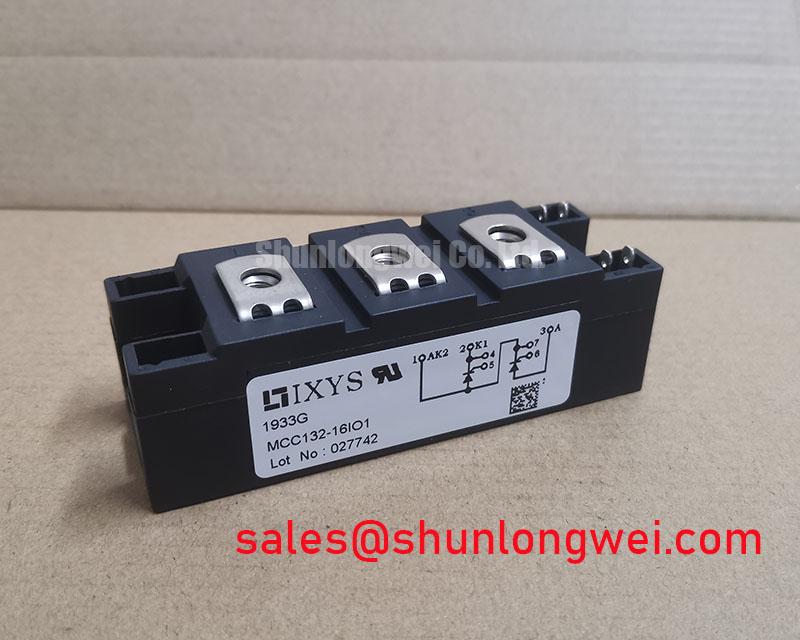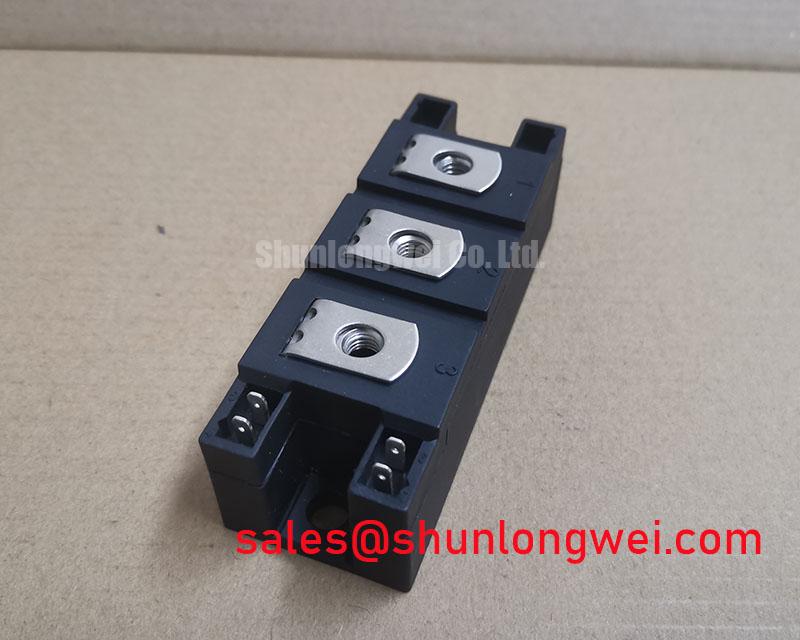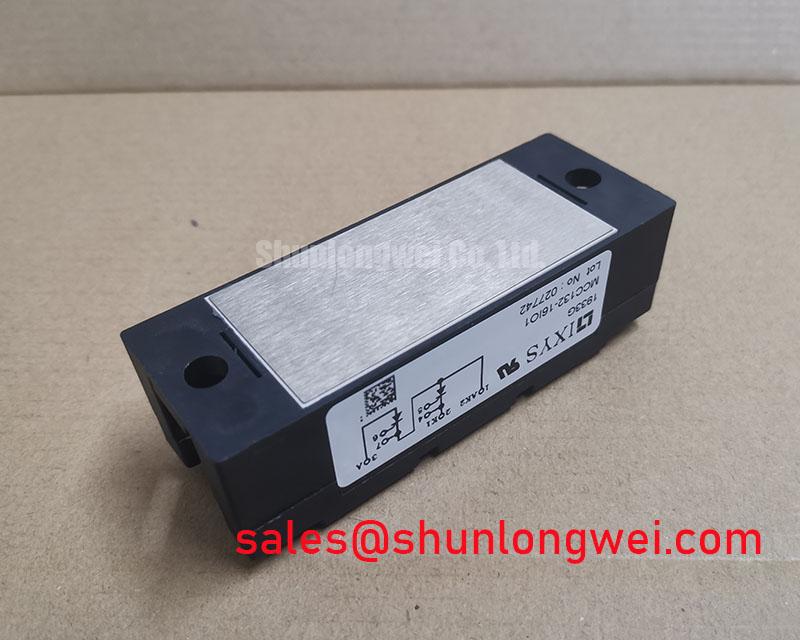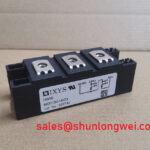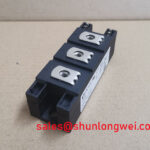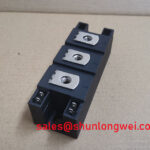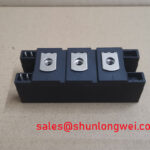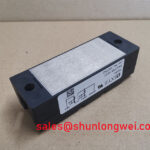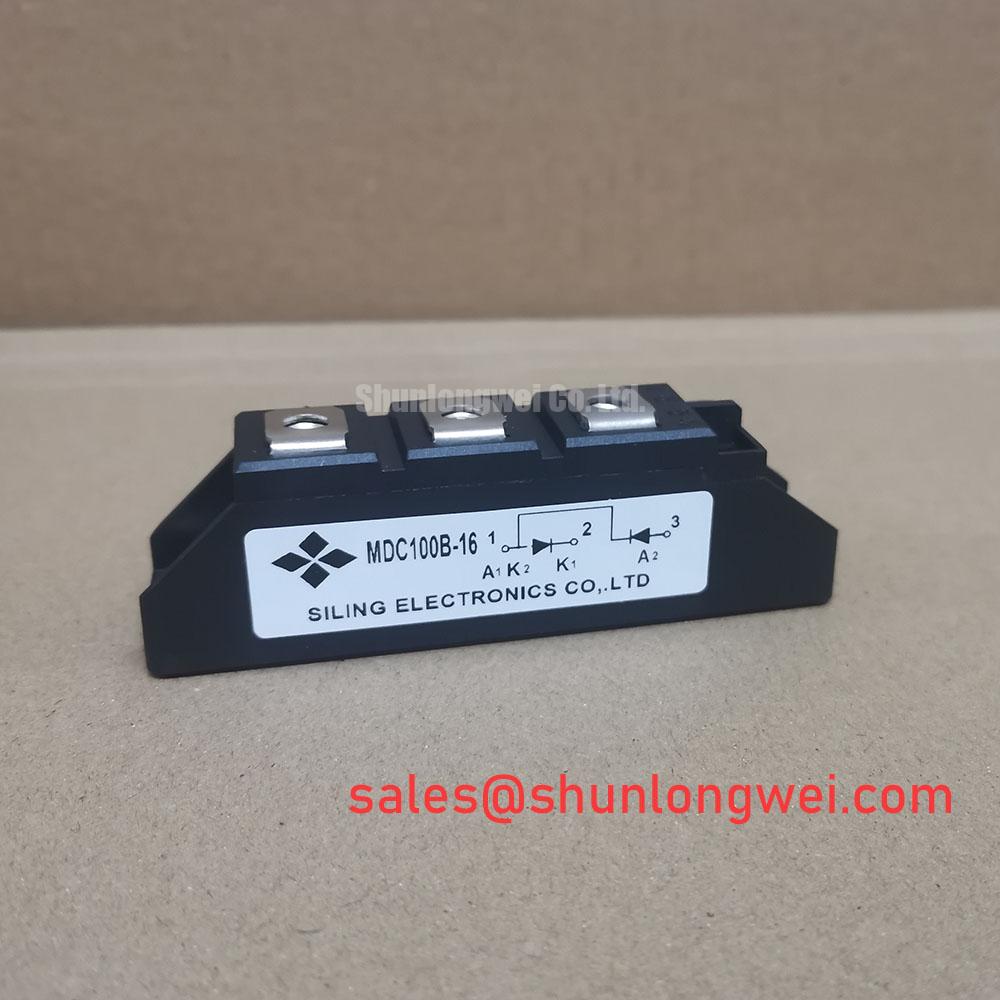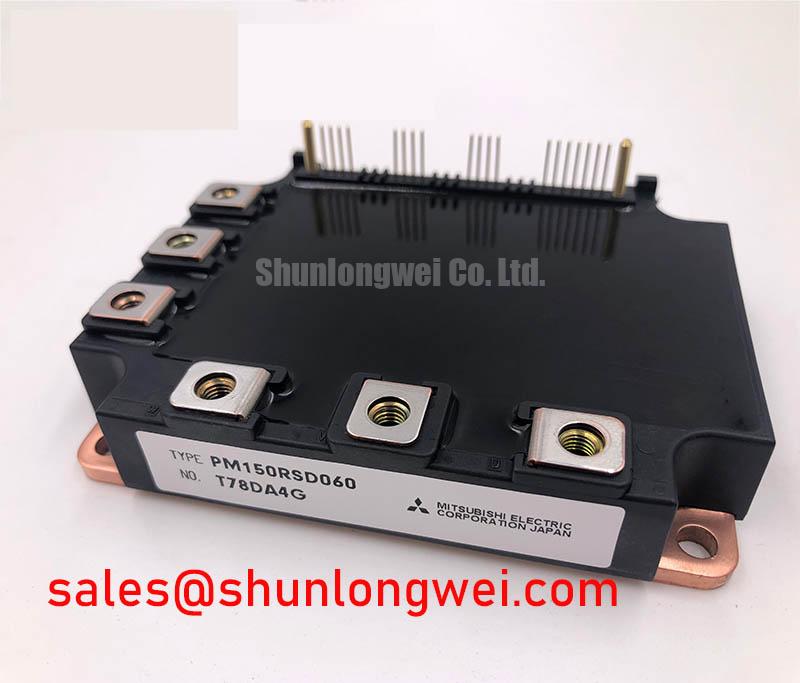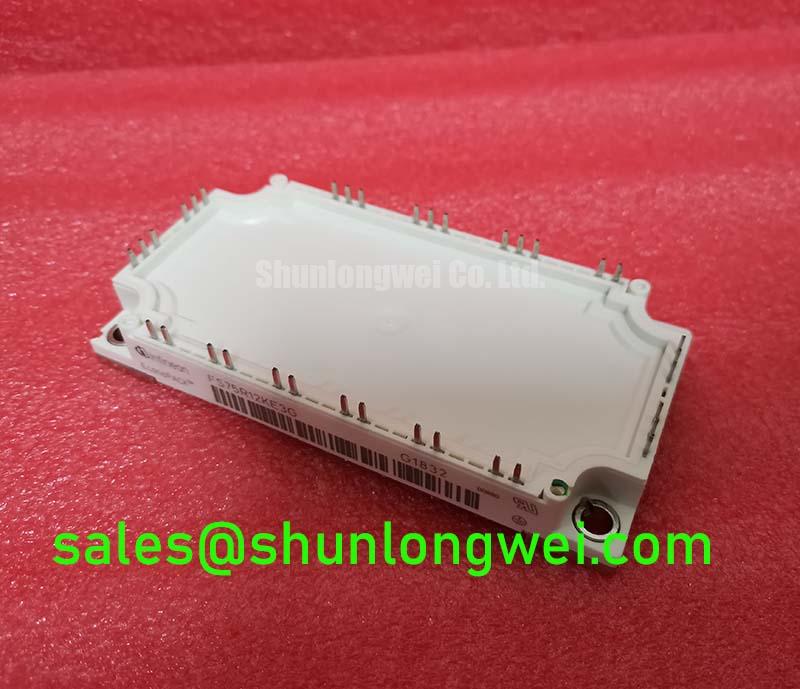IXYS MCC132-16io1 | Robust 1600V Thyristor Module for Industrial Power Control
The IXYS MCC132-16io1 is an industry-proven dual thyristor (SCR) module engineered for high-reliability AC power control and rectification applications. Housed in a standard, electrically isolated package, this component is not just a collection of specifications; it's a foundational building block for robust systems that demand precise and dependable power regulation. Designed for engineers working with mains-level voltages, the MCC132-16io1 provides the ruggedness and thermal efficiency required to manage significant power loads in demanding industrial environments, from motor control to large-scale heating systems.
Key Parameter Overview
For engineers, key performance metrics are the foundation of any successful design. The MCC132-16io1 delivers a balanced profile of voltage headroom, current capability, and thermal performance. Below is a summary of its critical characteristics. For a complete dataset, you can download the official MCC132-16io1 datasheet.
| Parameter | Value |
|---|---|
| Repetitive Peak Off-State/Reverse Voltage (VDRM, VRRM) | 1600 V |
| Average On-State Current (ITAV) at TC=85°C | 143 A |
| RMS On-State Current (ITRMS) | 225 A |
| Surge Current (ITSM) at 50 Hz, 10ms | 2100 A |
| Isolation Voltage (VISOL) | 3600 V~ |
| Maximum Operating Junction Temperature (Tvj max) | 140 °C |
Engineering Deep Dive: The Core of Reliability
Two features of the MCC132-16io1 are fundamental to its value proposition: its high voltage rating and its advanced package technology.
- 1600V Blocking Voltage: This rating provides a crucial safety margin for applications connected to 400V, 480V, or even 600V AC lines. In real-world industrial settings, voltage transients, line surges, and load-induced spikes are common. The 1600V capability ensures the device remains well within its Safe Operating Area (SOA), preventing catastrophic failure and enhancing the long-term reliability of the end equipment.
- Electrically Isolated Baseplate: The module utilizes a Direct Bonded Copper (DBC) substrate, which provides excellent electrical isolation (3600V) while maintaining a low thermal resistance path. This design simplifies mechanical assembly by allowing the module to be mounted directly to a common, non-isolated heatsink. This reduces parts count, lowers assembly costs, and improves overall system thermal performance by ensuring efficient heat extraction from the silicon dies.
Application Focus: Where the MCC132-16io1 Excels
The MCC132-16io1 is purpose-built for phase-angle control, a fundamental technique for AC power regulation. Its robust nature makes it ideal for the following applications:
- Motor Soft-Starters: By gradually increasing the voltage supplied to AC induction motors, this module effectively limits high inrush currents during startup. This reduces mechanical shock on gearboxes and couplings and minimizes electrical stress on the power grid.
- Industrial Heating and Furnace Control: In applications like resistance heating or infrared ovens, precise temperature maintenance is critical. The MCC132-16io1 enables accurate power regulation, leading to stable process temperatures, improved product quality, and significant energy savings.
- High-Power Lighting Dimmers: For theatrical stages, architectural lighting, and large public venues, this module provides a simple and rugged solution for controlling the intensity of large banks of lights. Its high surge current capability easily handles the cold filament inrush of incandescent lamps.
- AC/DC Controlled Rectifiers: In battery charging systems or welding power supplies, the dual SCR configuration can be used to build a controlled rectifier bridge, allowing for variable DC output voltage derived directly from an AC source.
Frequently Asked Questions for Design Engineers
Our experts frequently address the following points when guiding engineers on using thyristor modules.
- What are the main advantages of this module over a single-chip Triac?While Triacs are suitable for lower-power AC control, a dual-thyristor module like the MCC132-16io1 offers superior performance in several key areas. It provides significantly higher surge current (ITSM) and I²t ratings, making it far more resilient to fault conditions. The two independent SCRs also offer greater circuit design flexibility, such as building controlled half-wave or full-wave rectifier circuits, which isn't possible with a single Triac.
- What are the critical gate drive considerations for reliable turn-on?Ensuring complete and rapid turn-on is vital for minimizing switching losses and preventing device failure. The gate drive circuit must be able to source sufficient current (IGT) and voltage (VGT) as specified in the datasheet. For inductive loads, a "hard" drive pulse with a fast rise time is recommended to ensure the thyristor latches on securely, even if the load current builds slowly. For a deeper understanding of this topic, review these practical tips for robust gate drive design, as the principles are highly relevant.
For applications requiring a simple, powerful, and field-proven solution for AC power management, the IXYS MCC132-16io1 stands out as an exemplary choice. If your project demands high-reliability power control, contact our technical team to discuss your design requirements and sourcing needs.

